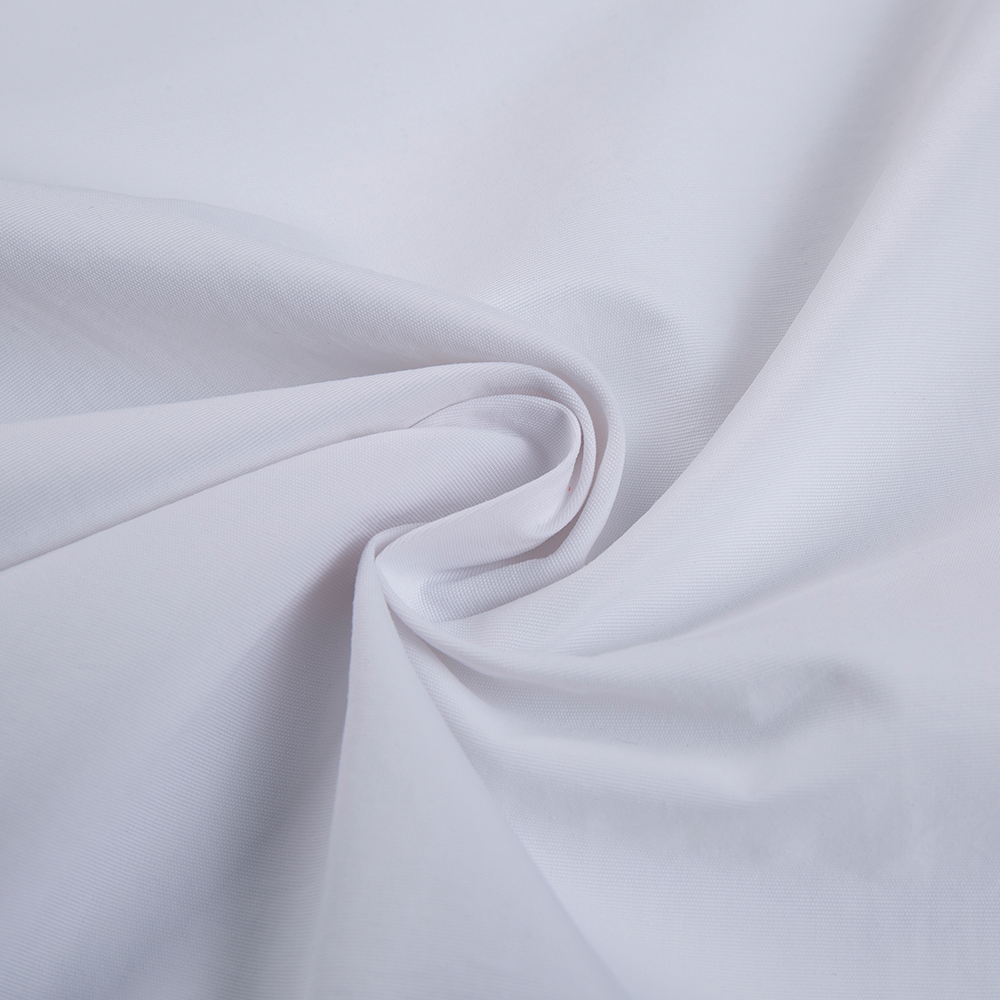The weave pattern used in nylon fabric significantly affects its performance characteristics, including strength, durability, appearance, and comfort. Here's how different weave patterns can influence the properties of nylon fabric:
Plain Weave (Taffeta):
This is the simplest weave pattern, where one yarn goes over and under alternately. It results in a lightweight, smooth fabric with a soft hand feel. However, plain weave may not be as strong as other weaves due to the even distribution of yarns.
Twill Weave:
In twill weave, the yarn moves over and under multiple yarns, creating a diagonal line on the fabric's surface. This pattern gives the fabric more body and strength, reduces sheen, and is less likely to snag or run compared to plain weave.
Satin Weave:
Satin weave has a smoother surface and more luxurious feel due to the fewer yarn intersections. It's typically stronger than twill weave in the direction of the floats (long yarns on the surface), but it can be more prone to snagging.
Ripstop Weave:
Ripstop is a reinforcement technique that uses a special weave pattern with thicker yarns at regular intervals to create a grid. This prevents tears from spreading in the fabric, making it highly resistant to abrasion and ideal for outdoor gear like tents and sails.

Basket Weave:
This pattern alternates补充 two-over-two-under and two-under-two-over, creating a textured surface. Basket weave is strong and stable, often used in upholstery and bags.
Herringbone Weave:
In herringbone, the fabric's pattern resembles a V-shape, which can provide a dressier look and added strength in bias directions.
Dobby Weave:
Dobby weave allows for more complex patterns and textures, as it uses a dobby loom to lift multiple warp yarns independently. This can create intricate designs but may not necessarily affect the fabric's strength or durability.
Lenzing Weave:
This is a specific type of weave that creates a smooth, even surface with good drapability, often used for linings and interlinings.
Tropical Weave:
Tropical weave is lightweight and breathable, with a textured surface that can provide some moisture-wicking properties.
Jacquard Weave:
Jacquard weaving allows for complex patterns and can create multi-dimensional textures. It's used for high-end fabrics and fashion items that require intricate designs.
Each weave pattern can be tailored to the specific needs of the application. For example, ripstop weave is chosen for its tear resistance in outdoor equipment, while satin or jacquard weaves might be selected for their luxurious appearance in fashion items. The choice of weave pattern can also affect the fabric's stretch, breathability, and overall hand (feel).











